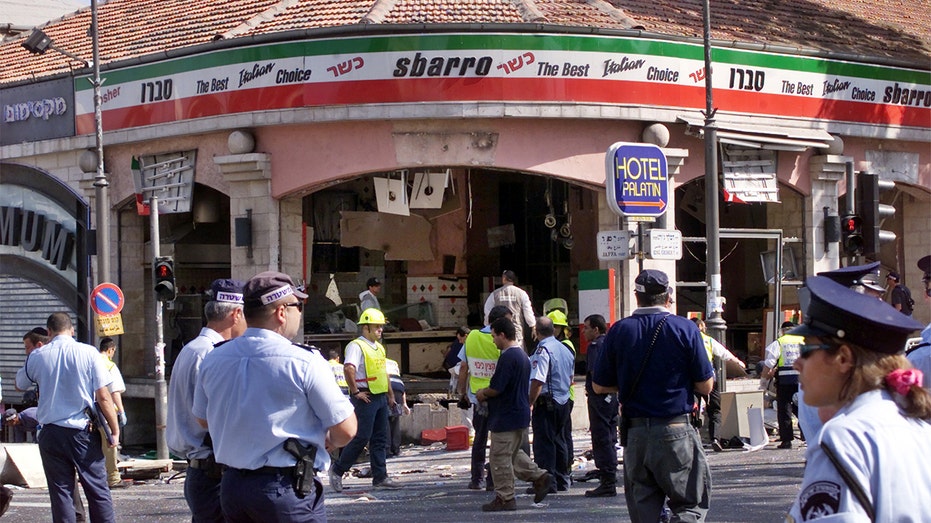Argentina to Declassify Secret Files on Nazis Who Fled After WWII

Sarah Johnson
March 28, 2025
Brief
Argentina will declassify files on Nazi fugitives who fled there after WWII, revealing details on escape routes, bank accounts, and the postwar Nazi presence in South America.
Argentina is making waves with its decision to declassify government-held files related to Nazi fugitives who fled to the country after World War II. This bold move promises to reveal the murky details of Nazi "ratlines"—the secretive escape routes used by war criminals to evade justice and settle in Argentina.
Interior minister Guillermo Alberto Francos broke the news Tuesday, according to the Buenos Aires Times. The documents are expected to shed light on Nazi-linked bank accounts and the logistics of their covert operations. If you've ever wondered how war criminals pulled off their post-war vanishing acts, this could be your answer.
Estimates suggest that as many as 10,000 Nazis and fascist collaborators escaped justice for Holocaust atrocities by fleeing to Argentina and other Latin American nations. Among the infamous names tied to Argentina are Adolph Eichmann, the mastermind behind the Holocaust, and Josef Mengele, chillingly dubbed the "angel of death." And yes, rumors about Adolf Hitler himself finding refuge in South America still generate whispered intrigue, even if historians largely dismiss them.
Senate Judiciary Committee Chairman Chuck Grassley, R-Iowa, recently urged Argentinian President Javier Milei to release the documents, citing their importance in investigating Nazi escape routes and Credit Suisse's history of servicing Nazi-linked accounts. Grassley's request aligns with his broader efforts to combat antisemitism in the U.S. and shine a light on the dark corners of history.
President Milei has assured the Simon Wiesenthal Center—renowned for its Nazi-hunting efforts—of his full cooperation in granting access to these files. The center has long been a thorn in the side of Nazi fugitives, and this collaboration could mark another milestone in their relentless pursuit of justice.
Interestingly, the CIA's own archives add fuel to the speculation fire. A declassified document from 2017 hints at Adolf Hitler possibly being alive in South America as late as 1955. The agency interviewed a former SS soldier who claimed to have met Hitler in Colombia, even presenting a photo of the alleged encounter. While the upcoming Argentinian files might not confirm or deny such wild theories, they certainly add to the intrigue surrounding Nazis in the Americas.
Not all Nazis who fled to Argentina managed to stay hidden. Eichmann's cloak of anonymity was shattered in 1960, when Israeli agents snatched him off a street in Buenos Aires. He was tried and executed in Israel, finally facing justice for his crimes. Mengele, however, eluded capture, moving through Argentina, Paraguay, and Brazil until his death in 1979.
Argentina wasn't the sole destination for war criminals—other countries like the U.S., Canada, and Mexico also unwittingly harbored them. But Argentina's history remains particularly tangled with Nazi connections. In 2020, a trove of documents uncovered that over 12,000 Nazis lived in Argentina during the 1930s, many holding bank accounts tied to Credit Suisse. The files were found in a former Nazi headquarters in Buenos Aires, adding a sinister layer to the country's past.
While mainstream historians maintain that Hitler died in a Berlin bunker in 1945, the allure of conspiracy theories persists. His supposed escape remains a tantalizing "what if"—even if the evidence is shaky at best.
Argentina's move to declassify these records could be a game-changer for historians, investigators, and anyone seeking to untangle the post-war web of Nazi fugitives. If nothing else, it’s a reminder that the shadows of history are never fully erased.
Topics
Editor's Comments
You have to hand it to Argentina—the decision to declassify these files is like opening Pandora’s box of historical secrets. The Nazi "ratlines" and their escape schemes almost sound like a twisted spy thriller. And while the rumors of Hitler in South America are probably more fiction than fact, it's wild how these theories refuse to die. It’s like history’s version of a zombie—you think it’s buried, but it keeps crawling back.
Like this article? Share it with your friends!
If you find this article interesting, feel free to share it with your friends!
Thank you for your support! Sharing is the greatest encouragement for us.



